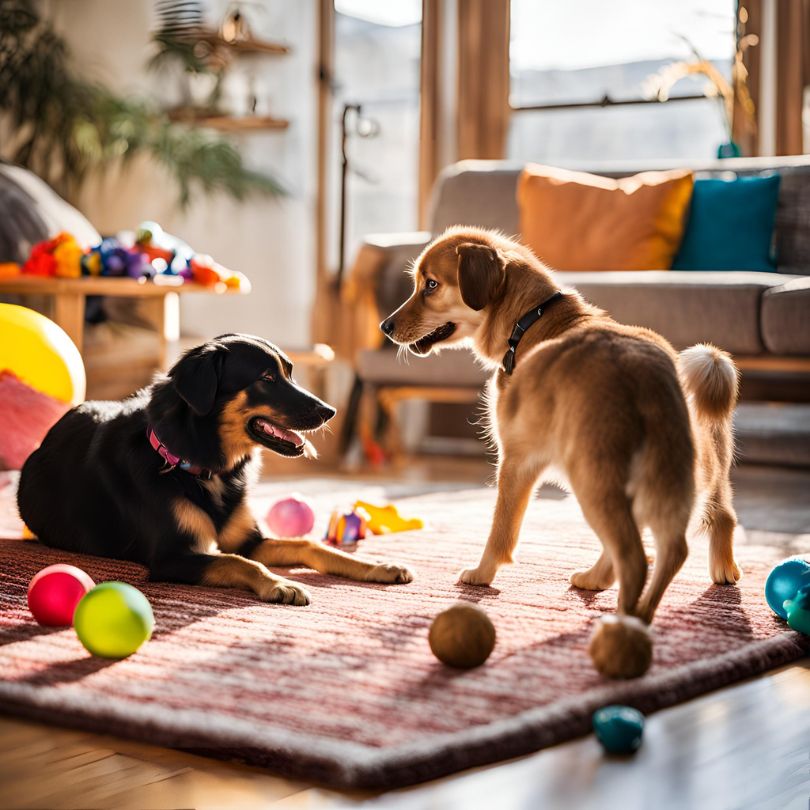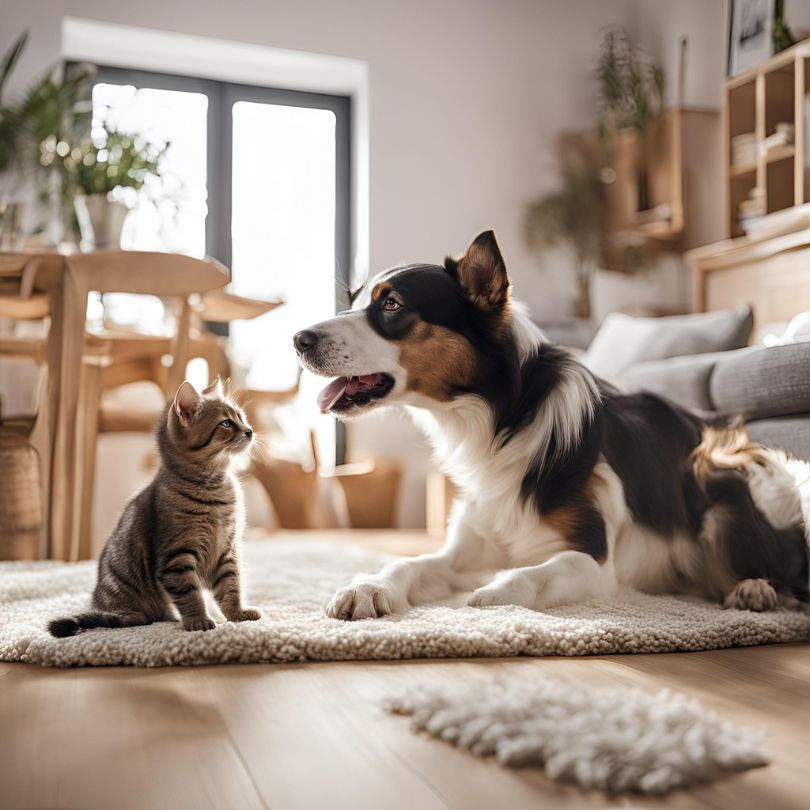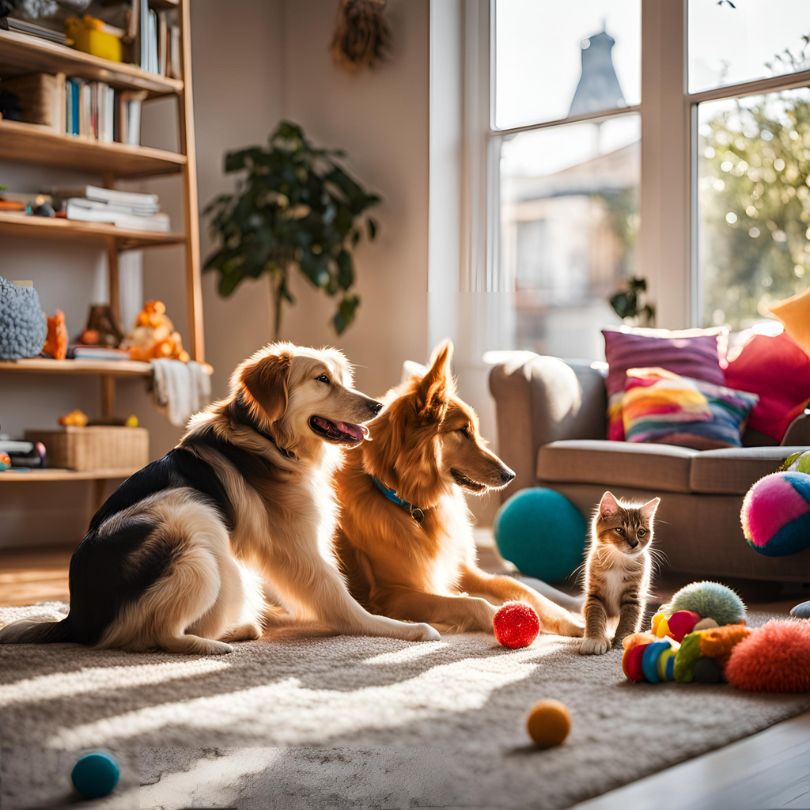Introducing a new pet to your home is an exciting and rewarding experience. To set your pet up for a healthy, happy life, it’s essential to start building good habits right from the beginning. This article explores effective ways to establish positive routines and behaviors for both dogs and cats, ensuring they grow into well-adjusted, obedient, and affectionate companions.
1. Start with Consistent Daily Routines
A consistent daily routine helps pets feel secure. Regular feeding times, designated play periods, and a reliable sleep schedule contribute to a pet’s overall well-being. For both dogs and cats, start by establishing these predictable routines to build their trust and comfort.
• Feeding Schedule: Feed your pet at the same times each day to help them understand when to expect food. For puppies and kittens, you might need more frequent meals initially. Gradually decrease feeding frequency as they grow.
• Exercise & Playtime: Dogs need structured playtime and regular exercise to maintain a balanced energy level, while cats benefit from shorter, interactive play sessions that engage their natural hunting instincts.
• Sleep Routine: Allocate a comfortable sleeping area and maintain a quiet environment, especially for young pets, who require plenty of rest for healthy development.
2. Positive Reinforcement is Key
Reinforcing good behavior with rewards and praise encourages your pet to repeat those actions. Whether you’re training a dog to sit or a cat to use a scratching post, positive reinforcement is effective for shaping desired habits.
• Reward-Based Training: Use treats, praise, or petting as rewards when your pet displays good behavior. For example, give your dog a treat when it follows a command or reward your cat with affection when it uses its designated scratching post.
• Consistency in Rewards: Be consistent with rewards during the initial training stages. Dogs and cats respond best when they clearly associate their behavior with positive outcomes.

3. Set Boundaries Early
Setting boundaries from the start helps your pet understand acceptable behavior. Consistently enforcing these boundaries will make it easier to prevent unwanted habits in the future.
• Training Dogs: Teach commands such as “sit,” “stay,” “off,” and “leave it” to help your dog understand boundaries, whether it’s jumping on guests or grabbing food off counters.
• Training Cats: Cats are naturally curious but can be discouraged from certain behaviors with gentle deterrents, like double-sided tape on furniture to prevent scratching or redirecting them to a scratching post.
4. Socialization is Essential
Socialization plays a major role in preventing anxiety and aggression in pets. Exposing your dog or cat to different people, animals, and environments helps them adapt to new situations with ease.
• Socializing Dogs: Take your dog on regular walks and introduce them to new people, pets, and places. Controlled environments such as dog parks can be beneficial, but start slowly and ensure the experiences remain positive.
• Socializing Cats: While cats may not need as much socialization as dogs, exposing them to other people and pets, especially when young, can help reduce fear and aggression.
5. Encourage Independence
Both dogs and cats need a balance of companionship and independence. Teaching your pet to be comfortable alone can prevent separation anxiety and unwanted behaviors like excessive barking or destructive scratching.
• For Dogs: Gradually increase the time your dog spends alone, and offer toys that stimulate their minds to keep them entertained. Praise calm behavior when you leave and return, so they associate being alone with positive experiences.
• For Cats: Cats are typically more independent but can still experience stress when left alone for extended periods. Provide interactive toys or a window perch for entertainment and stimulation when you’re not around.

6. Ensure Regular Vet Visits and Health Checks
Good health contributes to good behavior. Regular vet visits ensure your pet’s vaccinations and health needs are up-to-date, helping to prevent illness and discomfort that can lead to unwanted behavior.
• Routine Checkups: Schedule annual exams for your pet to monitor their health, prevent diseases, and address any behavioral concerns early on.
• Preventative Care: Preventative treatments, such as flea and tick medications, are essential for both dogs and cats. Healthy pets are generally happier and better-behaved.
7. Patience and Understanding Go a Long Way
Building good habits takes time, patience, and understanding. Remember, every pet is unique and may learn at their own pace. Practice patience and avoid punishment, as it can lead to anxiety or fear-based behaviors in pets.
• Gentle Correction: Instead of punishment, gently correct behaviors by redirecting your pet to a desired action. For example, if your dog jumps on furniture, guide them to their designated bed instead.
• Celebrate Small Wins: Each time your pet makes progress, whether big or small, celebrate the success! Positive attention reinforces good habits, creating a stronger bond between you and your pet.
Establishing good habits from the beginning helps your pet develop a sense of security and confidence, making for a more harmonious home. With consistency, positive reinforcement, and patience, you’ll lay the foundation for a lifetime of positive behavior. Remember that your love and guidance play a crucial role in shaping your pet into a well-behaved and happy companion.

